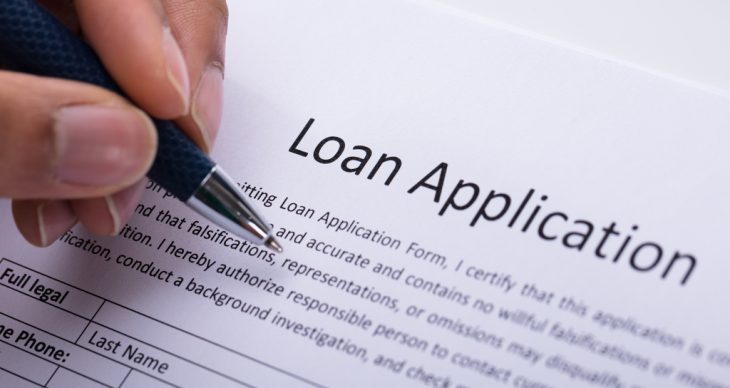If you need money fast you might want to consider taking out a personal loan. The concept of getting a loan is not always easy to process for some consumers. Credit checks, application submissions and deep scrutiny of your finances might all feel overwhelming. Options for low-interest personal loans might save you hundreds or thousands of dollars in the end, however.
Financial hardship is often caused by the accumulation of multiple debts, which accrue massive late fees, interest, and penalties. Uncovered medical bills also pile up when your insurance denies your claim. Personal loan interest rates are often lower than what you pay for all other expenses and debts combined, however. Learn all you need to know about personal loans and eliminate your financial hardship today.
If you are a consumer who knows you need to borrow money but do not know how to get a loan from the bank, you are definitely not alone. You might even think the application process is completed or will take a long time to get approved. Modern times has changed the way lenders do business, however. The personal loan application process is often simple and convenient, especially when pre-approvals, application submissions and final approvals all happen online.
Before you apply it is best to comparison-shop between multiple top lenders. Learning about the different types of personal loans available is also important before making any decisions or commitments.
Finding the best personal loan interest rates (APRs) and loan terms is essential. Equally essential is protecting you credit score from getting damaged by too many inquiries from different lenders in a short period of time. The three major credit bureaus (Equifax, Experian and TransUnion) all penalize your credit rating when it looks like you are attempting to borrow money from multiple lenders simultaneously.
When applying for a loan you must provide your full name, birthdate, and Social Security Number (SSN). You will also need to submit two to three year’s recent tax forms and information about your employment and residency status.
A valid government-issued photo identification is also needed (driver’s license, state-issued photo ID, passport, etc.).
Your FICO score represents your overall creditworthiness to potential lenders. This three-digit number ranges from 300 to 850 and is responsible for your ability to obtain credit from nearly every single lending institution today. Lower and higher scores equate to bad and excellent credit on a sliding scale respectively. 35 percent of your total FICO score is dependent on your overall reported payment history.
Another 35 percent depends on the amount of simultaneous open accounts you have and the balance amounts in each. The rest of your FICO score is impacted by the length of your credit history, account diversity, number of recently-opened accounts and amount of recent inquiries.
By Admin –








